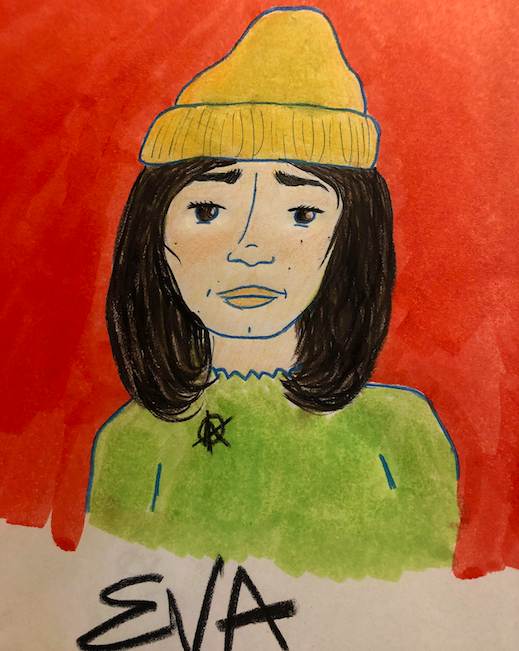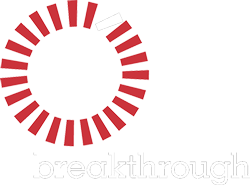
By & For: Powerful Women in Activism
By Gloria Oladipo
Trigger Warning: This article includes details of self-harm
Injustices of the world make community organizing and activism so important. Activism and community organizing are based on the belief that we can live in the world we dream of. A world where everyone, regardless of meritorious notions of “deservedness” like employment, is taken care of.
Everyone can and should have their needs met; activism seeks to make that possible.
Everyone has an active role to play in addressing society’s injustices. For activists that make this work a primary focus of their lives, that responsibility can sometimes be greater, challenging even, but evermore rewarding. The following women explain what their activism work means to them, the process of that work, and how they take time to recover.
Leslie Credle

Pronouns: She/her
Facebook, Twitter, and Instagram: @justice4housing
Photo Credit: Steve Osemwenkhae (@simplyoutstanding)
How would you describe your activism?
“Justice 4 Housing” is a grassroots organization committed to ending housing discrimination and homelessness for individuals involved in the criminal justice system.
We envision a world where justice-involved individuals have homes, equity and access to resources, funded and supported by the community and stakeholders.
Additionally, we are formerly incarcerated, community allies and advocates with aligned spirit and goals. We operate from a people-led process to organize and advocate for the abolishment of discriminatory federal, state and local housing policies as well as the incarceration of women. We address the root cause of recidivism in correlation to homelessness, by delivering holistic and community-based solutions.
What are the most rewarding and challenging parts of activism?
The most rewarding part of our work is the wins, [like] when we overturn a denial of a formerly incarcerated person for Section 8, or Public, Housing. [Or] when we pass legislation that reverses discriminatory housing laws. For example, the legislation we filed this year, HD.4041; [it is], “An Act securing housing options for eligible tenants with a history of criminal justice involvement.” [It] will provide affordable housing for those with criminal records.
The most challenging parts of our work is funding. It is hard to find the resources to keep doing this work.
How do you practice self-care?
This is a hard question for me because I have not figured that out yet. I recently lost my daughter, Brianna, to gun violence, while incarcerated. [With] the work I do, I unintentionally use [it] as a coping mechanism. Therefore, until I find another way to grieve, I do not practice self-care.
Eva Malis

Pronouns: she/they/he
How would you describe your activism?
I am a climate justice and housing justice organizer; I spend a lot of my time doing political education for youth. I identify as a community organizer because I believe that social change must be rooted in community. Community organizing is the magic that happens when we realize our collective power to meet the needs of our communities. Social movements are driven by communities wielding this collective power to transform unjust realities into thriving futures.
What are the most rewarding and challenging parts of activism?
It is hard enough to simply survive in this world, and even harder to simultaneously try [and] change it. Activists and community organizers like to carry the weight of the world on our shoulders, and it can lead to burn out, self harm, inflated egos, and cutting each other down. Our hard work pays off most when we can revel in our togetherness rather than our divisiveness.
How do you practice self-care?
Self-care within organizing depends upon knowing and honoring your capacity, upholding boundaries, valuing rest, and pacing ourselves. It is so easy to spiral into the endless problems we are trying to solve, and harder to remember that we are part of a larger whole. We must remember that self-care is community care, and our communities need us to take care of ourselves as much as our organizing work is needed.
This post is part of Breakthrough’s program, By & For, an initiative to compensate young artists and creatives of color, and is an extension of Our Stories In Vivid Color; a multimedia initiative to amplify the dreams and lived experiences of girls and gender non-conforming youth of color on their own unique terms. Support our initiative Our Stories In Vivid Color; a multimedia initiative to amplify the dreams and lived experiences of girls and gender non-conforming youth of color on their own unique terms. Support our initiative here. https://letsbreakthrough.z2systems.com/np/clients/letsbreakthrough/donation.jsp?campaign=59&&test=true
” target=”_blank” rel=”noreferrer noopener”>here.